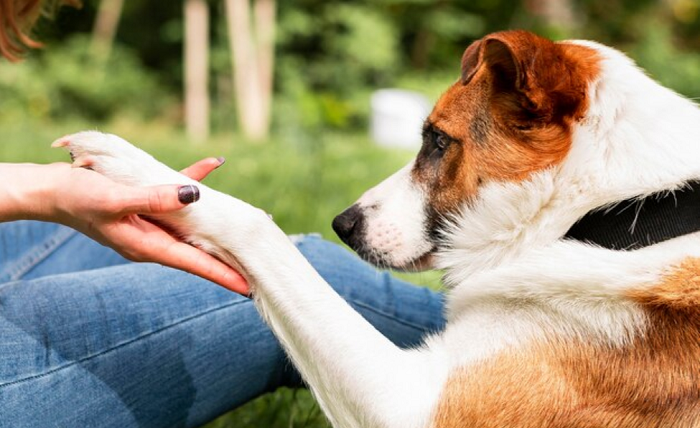With millions of dogs as household pets around the world, it’s no surprise that dog bites are a common occurrence. While many of these canines serve as loved and pampered pets, there are instances when they exhibit aggressive behavior, causing harm to humans. This article aims to elucidate the complex and often emotional issue surrounding dog bite personal injury claims. From understanding canine behavior, the specifics of state laws, to the measures a victim should take, each aspect plays an important role in comprehending the entire scenario.
The prevalence of dog-related injuries is surprisingly high with the Centers for Disease Control and Prevention estimating around 4.5 million dog bites occur in the United States each year. Such incidents can result in significant medical, emotional, and financial repercussions for the victims. As such, it’s become increasingly important to understand dog bite personal injury claims. Knowledge and awareness of these claims not only aid in achieving justice for victims but also contribute towards promoting responsible pet ownership and fostering safer environments for interactions with these furry creatures.
Understanding Dog Behavior
Canine aggression can be driven by fear, territorial instincts, pain, or a learned behavior from past experiences. It’s important to understand that aggression doesn’t inherently mean a dog is bad or dangerous – in many cases, these animals are responding to stimuli in their environments in the only way they know how. Recognizing the causes of canine aggression can help mitigate potential incidents.
While it’s true that some breeds may be more prone to aggression than others due to genetic factors, the signs of potential aggression are ubiquitously shared among all breeds. These signs can include growling, snarling, baring teeth, snapping, or a stiffened body posture. Recognizing and respecting these signs of unease or discomfort in a dog can greatly minimize the chances of a bite or attack.
To safeguard yourself and others, there are some basic tips for interacting with dogs: always ask the owner’s permission before approaching a dog, avoid direct eye contact which can be perceived as a threat, and never disturb a dog when it’s eating, sleeping, or caring for puppies. Knowledge and respect for a dog’s boundaries can go a long way in preventing unfortunate incidents.
Legal Aspects of Dog Bite Personal Injury Claims
Across the United States, legal standards for dog bites can vary greatly, and are governed by both state laws and local ordinances. On a state level, legislation ranges from strict liability rules to ‘one-bite’ laws. Some states hold dog owners accountable for any injury their dog causes, even if the dog has never shown signs of aggression. Local ordinances, on the other hand, often focus on specific breeds classified as dangerous or potentially dangerous. A personal injury attorney Beaumont can assist with understanding the differences of these regulations when bringing forward dog bite personal injury claims.
When it comes to liability for dog bites, there are two main concepts in focus: the ‘one-bite’ rule and ‘strict liability’. Under the one-bite rule, owners are liable if they knew (or should have known) the dog might act aggressively, typically based on past behavior. Strict liability, conversely, holds the owner accountable for any injuries caused by their dogs, regardless of prior behavior. Furthermore, negligence claims can be invoked when an owner’s careless actions directly lead to a bite. And, in some situations, landlords can also be held liable if they were aware of a dangerous dog on their property and failed to take appropriate precautionary measures.
What to Do If You’re Bitten
The moments after a dog bite can be overwhelming, but it’s important to take immediate, specific actions for your safety and future claim. First and foremost, seek medical attention. This ensures your health and wellbeing and also provides medical documentation for your injury, which could prove critical later. Be sure to report the incident to the police or your local animal control agency as soon as you can. This creates an official record that may also be advantageous in any forthcoming legal procedures.
After ensuring your health and safety, make it a point to document everything related to your injury. Photographic evidence of the wound, details of the circumstances surrounding the bite, testimonies from any witnesses present, information about the dog and its owner – all could be decisive towards your case when it comes to filing a claim.
As you move forward, you will need to consider your legal options. Many dog owners have insurance policies that cover dog bites, but dealing with insurance companies can be complex and stressful. It may be in your best interest to hire a personal injury attorney to advocate for you and ensure you receive an appropriate settlement for your physical and emotional ordeal.
Understanding dog bite personal injury claims entails several dynamic aspects—from recognizing aggressive dog behavior, to being conversant with relevant laws, and knowing effective post-incident actions. This understanding not only helps the victims in seeking justice but also promotes safer coexistence between humans and dogs by fostering responsible pet ownership. Armed with this knowledge, we can better tackle the challenging issues of dog bite incidents, thus making our interactions with these adorable creatures safer and more enjoyable.



